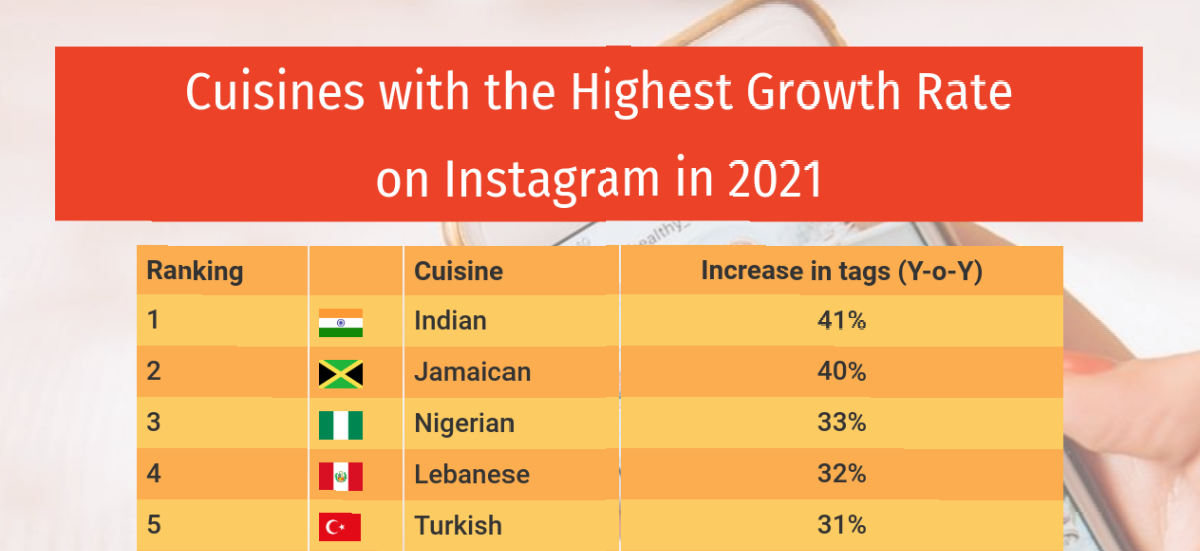MRM Research Roundup: QSR Update and What Feeds Us
17 Min Read
This edition of MRM Research Roundup features The State of What Feeds Us, Dry January, top cuisines on Instagram and
QSR 2021 PerformanceRevenue Management Solutions released its analysis of US quick-service restaurant (QSR) performance for 2021. Overall, traffic continued its post-pandemic decline, but the global data solutions provider believes double-digit increases in average check will remain — and demonstrate a fundamental change in consumer behavior.
To accurately assess the underlying trends of restaurant performance, RMS compared 2021 sales and traffic to pre-pandemic 2019 data. On average, sales were up 8.1 percent over 2019, and average check increased by a remarkable 22.9 percent. Traffic, on the other hand, remains low, down 12 percent as compared to 2019, and continued a negative trend in the second half of the year. Surprisingly, 2021 traffic also was even with or slightly lower when compared to the highly volatile 2020.
“Consumer habits are fundamentally…
Sorry, You've Reached Your Article Limit.
Register for free with our site to get unlimited articles.
Already registered? Sign in!

